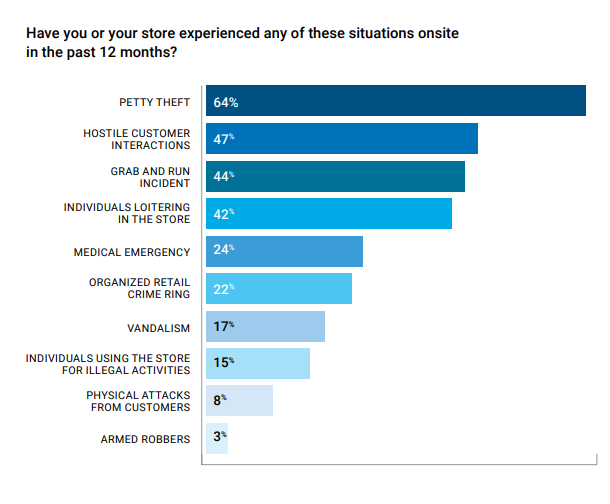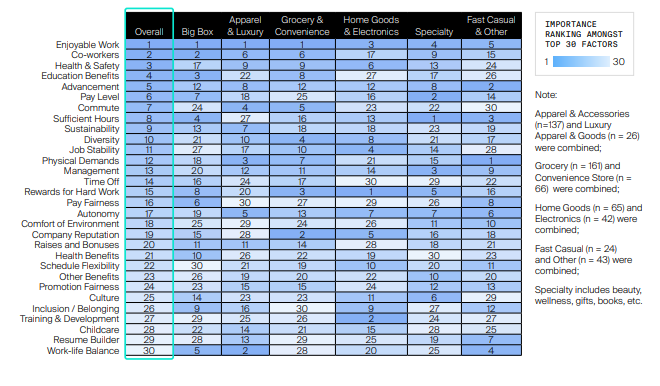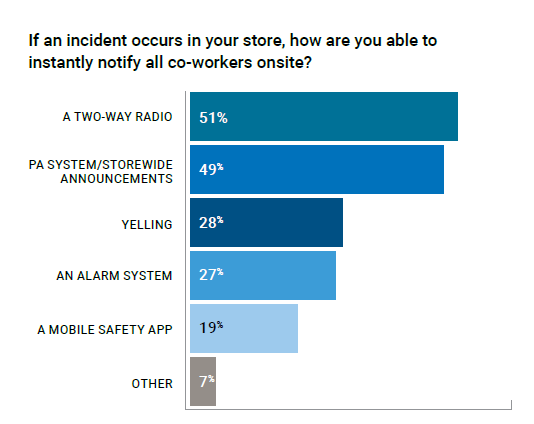In the past, shoplifting and other crimes against retailers may have been thought of as “victimless” crimes, but events in recent years have shown that the human costs of these crimes are high.
Retailers are in the trenches, daily confronting threats to their teams and their livelihood.
In this blog we’ll talk about the effects of theft incidents on frontline retail employees and some steps to help protect employees, customers, and property.
For a quick preview of this post, watch this short video.
The human cost of retail theft
The victim in retail theft is not a faceless corporation. While businesses are affected by retail crimes large and small, it is the men and women working as frontline retail employees who find themselves most directly affected.
Physical injury
In the course of carrying out everyday duties and fulfilling their role in serving their employer, some retail employees have sustained shocking injuries. Retail associates, like Gary Rasor, and security guards, like Eric Harrison, have died from their injuries. Injuries have permanently changed the lives of other retail workers, such as Marty Scott of County Durham, England, who had a stroke caused by a beating from thieves.
Mental or emotional injury
The mental or emotional injuries to retail workers that result from trauma caused by a theft incident are every bit as real as physical injuries, although these effects may often be overlooked.
The American Psychological Association defines trauma as “any disturbing experience that results in significant fear, helplessness, dissociation, confusion, or other disruptive feelings intense enough to have a long-lasting negative effect on a person’s attitudes, behavior, and other aspects of functioning.” Ultimately these events “challenge an individual’s view of the world as a just, safe, and predictable place.”
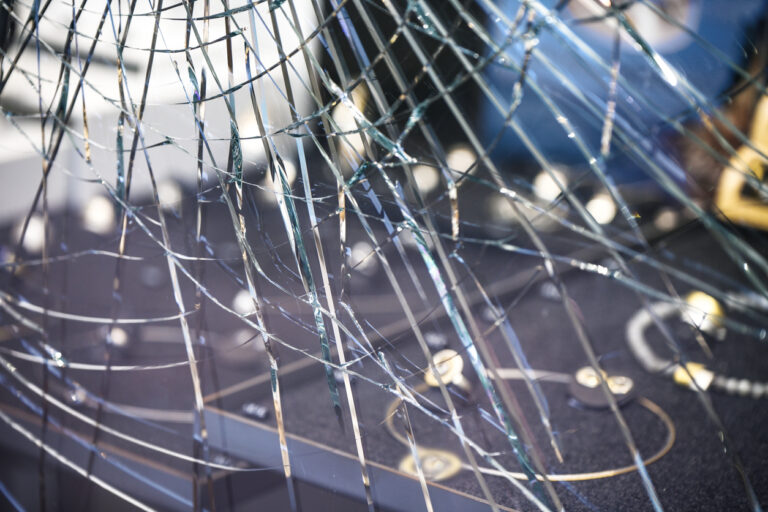
Robberies and theft incidents in the workplace are events that can produce lingering negative effects on workers, and even on those who may not have directly experienced the event.
The effects of trauma can present themselves in a variety of ways including physical and mental symptoms. The APA notes that shock and denial are typical reactions shortly after an event, and “Longer term reactions include: unpredictable emotions, flashbacks, strained relationships, and even physical symptoms like headaches or nausea.”
Safety vs. fear and anxiety
According to one recent study concerning well-being and functioning at work, “experiencing a robbery or theft constitutes a threat to one’s working conditions.” It creates a sense of loss and affects employees’ perception of both their own personal safety and the workplace as a safe environment.
In the context of a workplace, the mental health effects of trauma can lead to a decline in worker performance. An acute stress disorder could be the ultimate result.
Workers are concerned about their safety
The feeling of safety at the workplace is important for retaining workers. One fourth of those surveyed for Motorola’s report, The State of Retail Worker Safety 2023, indicate “they have considered leaving retail due to safety concerns.” When workers feel safe, they have less desire to leave their current job. The study concludes that “store safety and security measures are more likely to build employee morale and retention.”
Results of a study by the National Retail Federation, in conjunction with Lotis Blue Consulting, indicate that Health and Safety—including ensuring a safe workplace—has become a top concern for retail associates. As a factor driving worker retention, it has moved up the list and now ranks third in importance out of thirty factors.
Financial costs of retail theft
The obvious financial costs associated with retail theft begin with the value of goods stolen. Add to this the costs of:
- Damage to store facilities and fixtures
- Replenishment costs and supply chain challenges
- Lost sales
- Reputational damage and lost customer loyalty
Increased staff turnover–with associated hiring and training costs that can run to thousands of dollars per employee.
How do you move forward to protect your employees?
Don’t be an ostrich: Recognize the risks
Retail workers face very real dangers. Questions arise over whether or not all theft incidents are being reported and whether or not the rates of theft are increasing—either way, the dangers are present and we have an obligation to protect the lives of those working and shopping in retail stores.
It takes a team to build in safety
Formulate safety plans with input from Loss Prevention, Human Resources, and those in leadership for merchandising and store layout. Consider a variety of factors and best practices within each area of specialization.
Ensure adequate communication systems are available to workers on the floor when they might need to inform coworkers of a dangerous event.
A recent study conducted by Motorola found that frequently in these situations retail workers rely on low-tech communications, such as shouting to each other.
Assess what’s needed and ensure that workers have access to appropriate technology to stay informed and alert. When a crime or other dangerous incident is in progress, low tech communications can cause the necessary response to be delayed.
Provide training to equip your team with an understanding of potential risks and how they can be reduced, as well as how to handle the situation if an event occurs. Prepare them with the psychological tools to help recover more rapidly from any trauma they experience resulting from a theft or robbery incident.
Equip leadership to address worker experiences. Trauma-informed leadership strives to put an emphasis on creating a safe workplace environment. It draws on an understanding of emotional intelligence and recognizes signs of trauma and the effect potential triggers can have on people.
Deter theft and avoid confrontation
More and more often theft situations have been confrontational, putting retail workers on the front lines of conflict in their workplaces. Disrupt the linkage of theft-confrontation-injury. Prevent confrontation and protect retail associates–and customers–with strategic use of locked display cases.
While not every display case will be 100% impervious to attack when thieves have ample time and the right tools, locked cases do present a sufficient obstacle that helps deter theft. When thieves walk away without making an attempt to break in, confrontation is avoided and workers stay safe.
Sturdy construction slows any break-in attempt, increasing the possibility of apprehending the perpetrators before they can gain access.
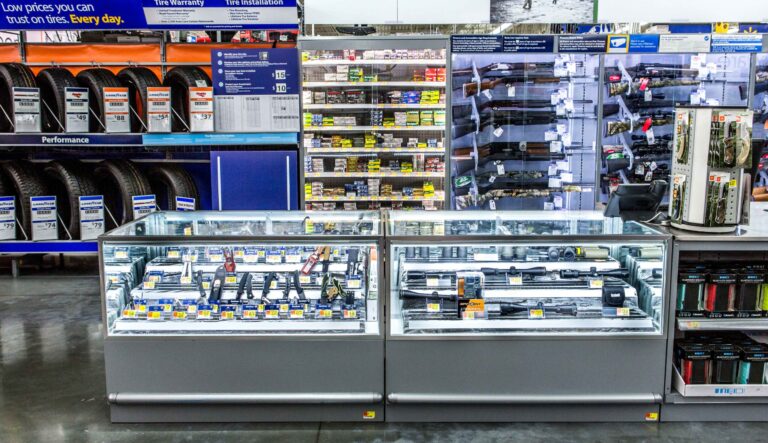
Custom designed secure display cases can be tailored to the specific needs of the retailer and the merchandise that will be displayed. Construction options range from cases that allow for clear visibility of the products on display, or higher levels of security with woven wire mesh or solid metal doors.
Our blog post explores construction options in more detail.
What happens when you take these steps for protection?
When you prevent thefts and the resulting confrontations, you prevent your team from experiencing the associated traumas and the stresses they induce.
Trained staff is better equipped to handle events that might occur. Preparation and training may give them the psychological tools that will help them recover in the event that they do experience a theft incident or robbery.
Keeping staff and customers safe produces a better environment for working and shopping; employees will be less likely to change jobs and shoppers will feel more comfortable and less fearful. The result is a healthier staff and stronger customer base.
L.A. Darling helps Walmart and other major retailers to strategically use custom security displays tailored to their operations to deter theft and protect lives. Read the case study to learn more.
